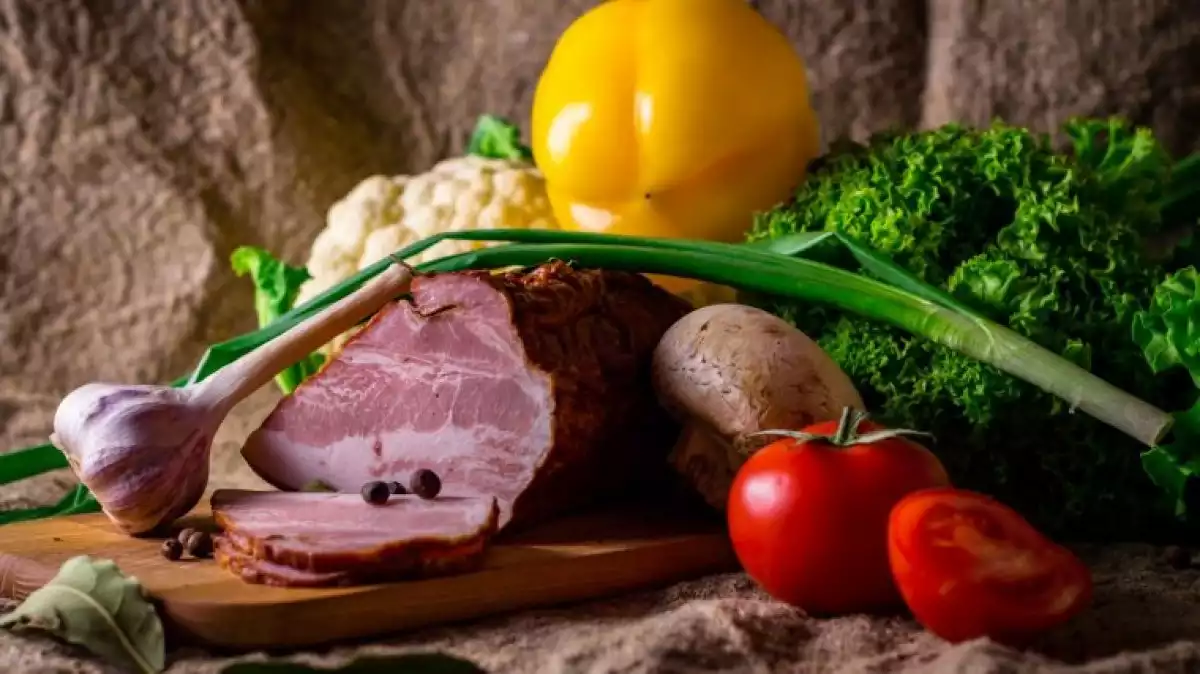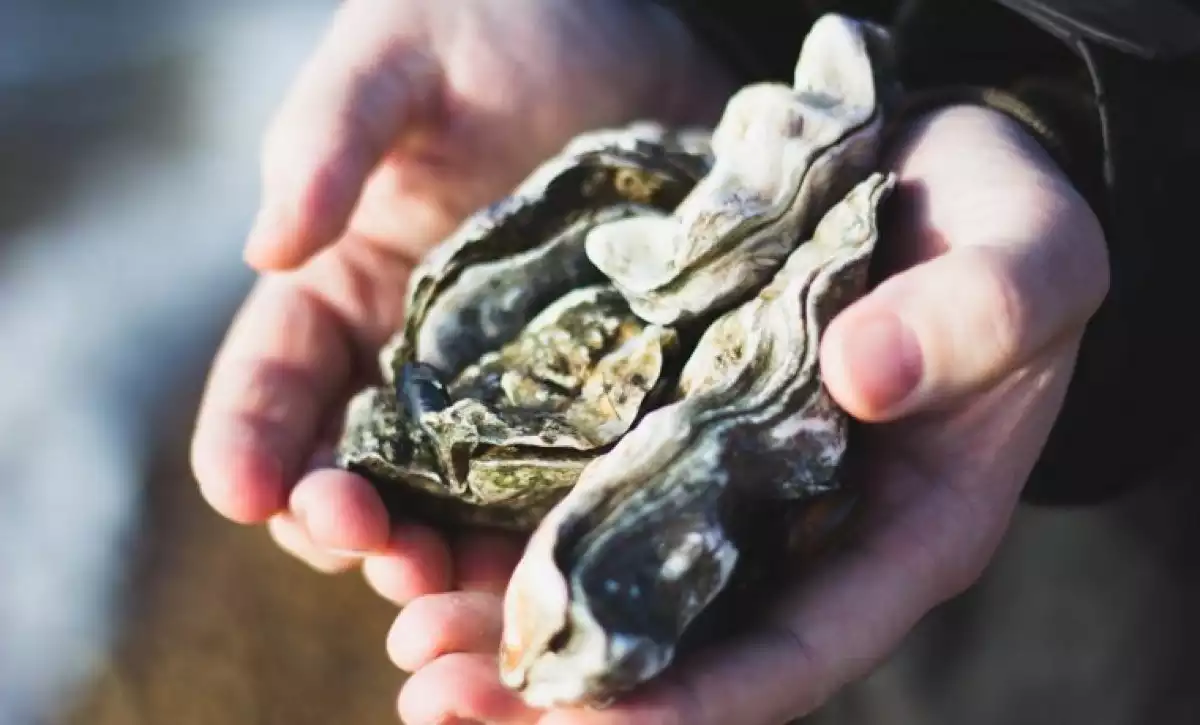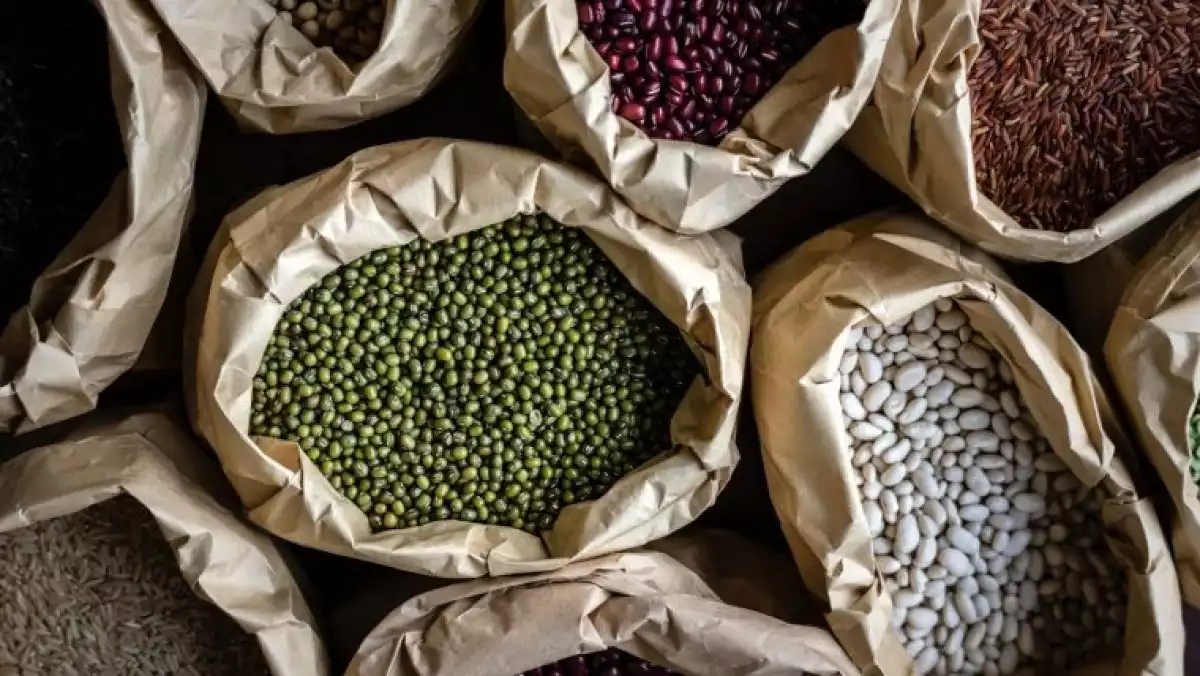
Iron rich foods like spinach are essential to human metabolism although they are considered microminerals, or, mineral salts that aren't indispensable for the body to function correctly.
The Fe element is the most common one on Earth. It is a part of almost all living organisms' metabolisms and is related to proper protein and enzyme function in the human body.
Among other things, iron also works to store and transport oxygen from the lungs to the rest of the body, as well as in DNA synthesis and antioxidant functions. That's why we need iron-rich foods in our diet so that our body functions at its very best.
Iron rich foods
Health professionals recommend between 8 and 18 milligrams of iron for adults daily. 8 is usually recommended for men, while women should often take a little more, especially women that are menstruating or lactating (10 milligrams) as well as during pregnancy (27 milligrams).
Consuming iron rich foods is recommended to prevent complications like iron deficiency in the body. Some of these problems can even interfere in the intellectual development of children, led poisoning, pregnancy-related complications, or immune system deterioration.
There are two types of iron depending on whether this mineral is in heme form or not. Hemoglobin and myoglobin molecules contain heme iron, the proteins in charge of transporting oxygen through the bloodstream.
Iron absorption also depends on the amount of this mineral present in the body or the lack thereof it. This means that someone with anemia or an iron deficiency will absorb more iron than they consume, and the best absorption occurs with heme iron. Let's take a look at how the iron absorption mechanisms differ.

Heme iron
Heme iron mainly comes from hemoglobin and myoglobin found in meat: red meat, white meat, and fish are three foods rich in this type of iron.
Another one of the primary sources of heme iron is seafood. In this category, you can find iron rich foods like oysters, shrimp, mussels, and others.
Since heme iron is absorbed more efficiently and contains higher quantities of this mineral, eating this type of food on a daily basis is not recommended to avoid an iron overdose.
Non-heme iron
Plant-based foods like vegetables that contain iron are in the non-heme category. Also, lactose products and iron supplements fall into this group. This mineral in its non-heme form tends to be absorbed more slowly than the other type and foods that contain it also usually have less iron overall.
Non-heme iron rich foods include legumes (beans, peas, quinoa, soybeans and derivatives like tofu, etc.), nuts (like cashews, pine nuts, and walnuts), all kinds of seeds, green leafy vegetables (spinach, kale, Swiss chard, and red vegetables like beets), uncooked tomato, potatoes (especially their skin), mushrooms, cherry juice, blackberries and olives.
In the case of this type of iron, it's worth noting that the absorption of non-heme iron sources is usually affected by stimulants and inhibitors that either ease or inhibit iron absorption due to movements on a cellular level.

Iron absorption stimulants include: vitamin C, organic acids like citric acid or lactic acid and finally, meat products like red meat, poultry, and fish that contain iron that comes from hemoglobin and myoglobin.
Although it might seem contradictory, animal products do favor iron absorption although the exact mechanism of this phenomenon remains unknown.
On the other side, there are non-heme iron absorption inhibitors like phytic acid (present in legumes, grains, and rice) polyphenols, found in fruits, vegetables, coffee or tea, and soy protein, present in tofu and other derivatives of this legume.
References
Beard, J. L. & Dawson, H. D. (1997). Iron. En O'Dell, B. L. & Sunde, R. A. (Eds.). Handbook of nutritionally essential minerals. New York: Marcel Dekker.
Wood, R. J. & Ronnenberg, A. G. (2014). Iron. En Shils, M. E., Shike, M., Ross, A. C., Caballero, B. & Cousins, R. J. (Eds.), Modern Nutrition in Health and Disease (10th Ed.). Philadelphia: Lippincott Williams & Wilkins.
